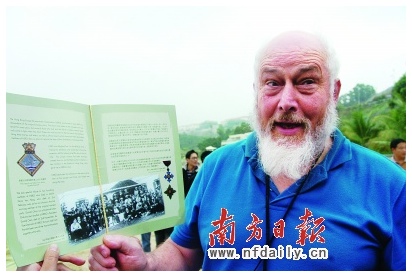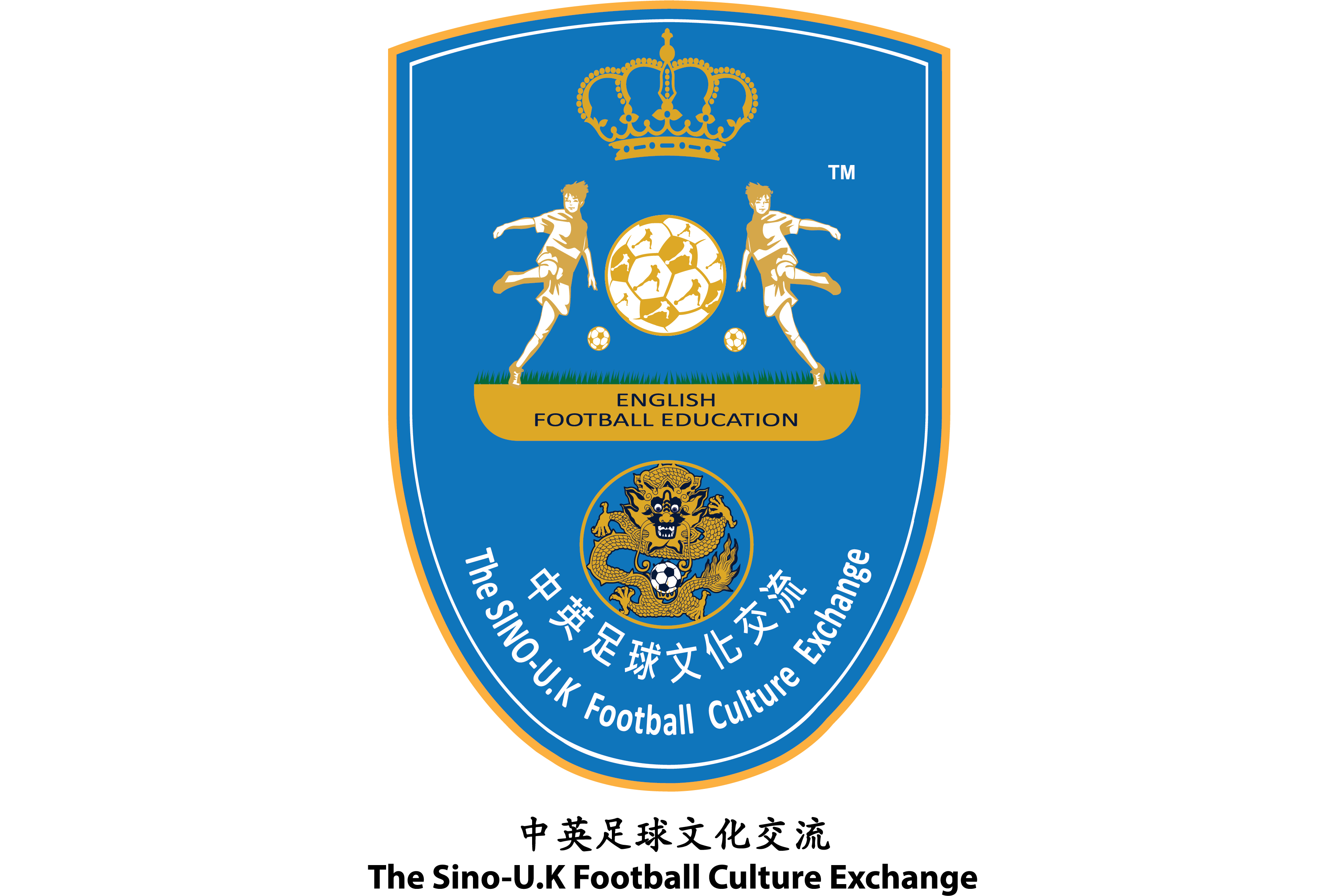
In 1941, with the assistance of the East River Column, anti-Japanese officers in the Chinese and British armies succeeded in breaking through the Japanese siege.
68 years later, descendants of those escapees retraced the steps of their forefathers, trying to continue the Sino-UK friendship established in the old days.
In December 1941, the Pacific War broke out as Hong Kong was invaded by the Japanese. After a hard-fought battle lasting 18 days, the British Governor of Hong Kong, Sir Mark Aitchison Young, surrendered to the Japanese on Christmas Day 1941.
On that same evening, a group of 71 British and Chinese officers and naval crews decided to break the siege. David Mercer MacDougall of the Hong Kong Ministry of Information, Lt C J Collingwood, Major Colin Mitchell McEwan, Admiral Chan Chak and his ADC Henry Heng Hsu and his Coxswain Yeung Chuen were among them.
They made a dramatic escape by 6 Motor Torpedo Boats (MTBs), 5 of which survived under heavy enemy fire and landed at Nan’ao, Shenzhen. Aided by local people and the Guangdong People's Anti-Japanese Guerrilla groups (later known as the East River Column Guerrillas), 68 of them walked for four days and nights from the coast of Nan’ao and managed to get to Free China in Waichow, now also known as Huizhou.
On 27 December 2009, nearly 70 descendants from 14 families of the original escapees gathered at Nan’ao, to retrace the route their forefathers used to escape from Nan’ao to Huizhou 68 years ago.
Memories From Father’s Diaries
The Hong Kong Escape Re-enactment Organisation (HERO) was founded by descendants of the escape party. Most of them didn’t know they had such a special relationship with China before they started collecting bits and pieces of information about the escape by hearing the stories or reading the diaries of their forefathers.
Back in 1996, one of the descendants, Richard Hide, put up a website to reveal the heroic escape his father took part in. As time passed, descendants from all over the world found each other through the Internet. Now, there are more than 100 members on this website, sharing information about their forefathers, such as diaries and pictures.
Alison McEwan, daughter of Major Colin Mitchell McEwan, discovered her father’s diaries while sorting through her mother’s belongings. In the diary, she read about her father’s thrilling experience in the escape. “My respect for my father led to the idea of retracing the escape route,” she recalls.
Alison’s husband Tim Luard, a retired BBC journalist, helped his wife acquire old maps of Guangdong and Hong Kong to discover the original escape route. After several years’ preparation, their plan came to fruition in 2008 as they undertook a 7-day walking tour to relive the original 5-day escape route.
Old witness tells the breathtaking story
Henry Heng Hsu, the last member of the escapees, passed away last year at the age of 98. Richard Hide, stressed that rather than reconstructing the distant past, their re-enactment intended to commemorate the achievements of their forefathers and express their gratitude to those who had helped their forefathers in the escape.
To their surprise, the descendants met an old witness of the escape at the spot where the MTBs landed in Nan’ao. Luo Deyan, 88, is a local villager whose family has been living in Nan’ao for generations.
“The local guerrillas thought they were Japanese and targeted them with machine guns. They waved white flags and communicated with the guerrillas, who helped them stay for one night in Guangyin Shan Temple before escorting them to their final destination in Huizhou.” Luo still remembers the details of that gloomy day.
Robert Macmillan didn’t want to miss a single word while listening to the stories from the old witness. During the journey, he constantly carried with him the photo of the escapees taken in Huizhou and told everyone he met that the man in the right corner was his father. Robert grew up in London and his father seldom mentioned the war. “The war was so cruel that the soldiers never wanted to talk about it,” said Robert. He was proud that his father worked in the navy. For himself, it was a pity that he was only a sailor.
The re-enactment group stopped by the Moon Bay Hotel. Luo remembered this as the place closest to the MTBs’ landing spot. This once small fishing village has now turned into a leisure resort.
Along the escape route, the re-enactment group visited the former East River Column command centre and the East River Column Museum on 28 December 2009, and continued the journey northward, passing Bai Yun Keng, Dan Shui, Si Shui, Xin Xu, to their final destination Huizhou.
Famous face in the re-enactment group
Admiral Chan Chak’s family had the most members in the re-enactment group, including six grandchildren and five great-grandchildren. The winner of best actress at the 29th Golden Horse Awards, Lindzay Chan, was one of them.
Everybody who knows about the escape knows the heroic deeds of Chan Chak, Henry Heng Hsu and Yeung Chuen in the escape. Hong Kong Ming Bao once reported that Chan Chak refused to obey the order of Hong Kong Governor Sir Mark Young to surrender and immediately decided to break through the Japanese encirclement. However, Hong Kong and foreign news agencies have seldom mentioned the support that Guangdong anti-Japanese guerrilla groups offered to the escapees.
It is said that Zeng Sheng, leader of the Guangdong anti-Japanese guerrillas, began to launch anti-Japanese campaigns in 1938. In 1941, when Japanese troops launched their massive invasion of Hong Kong, the Central Committee of the Communist Party of China in Yan’an and the Secretary of the South Bureau of the CPC Central Committee in Chongqing directed Liao Chengzhi, head of the Eighth Route Army Office in Hong Kong, to rescue celebrities from all walks of life and international friends detained in Hong Kong.
Zeng’s son, Zeng Deping, said that Liao Chengzhi asked Zeng Sheng for help in the breaking through Japanese encirclement and the escapees received information about the landing place ahead of time from the guerrillas.
The descendants of the East River Column also took part in the re-enactment. It is said that their forefathers once told them that in order not to be confronted with the main force of Japanese troops, the guerrillas had arranged two routes to ensure the success of the escape.
Mr. Philp listened attentively to Zeng Deping. He said that British people recognized that their forefathers received Chinese help after landing in Nan’ao, but few people knew that it was the Guangdong anti-Japanese guerrillas who helped. Most British people owe their gratitude to officers of the Kuomintang. This journey also solved the question as to how they successfully escaped after landing.
Donald Chan, son of Chan Chak and HERO chairman, said he hoped the escape route would turn out to be the road to promoteSino-UK friendship, so that more and more descendants of the escapees could follow their interests and know the pulse-stirring history by retracing the steps of their forefathers.






